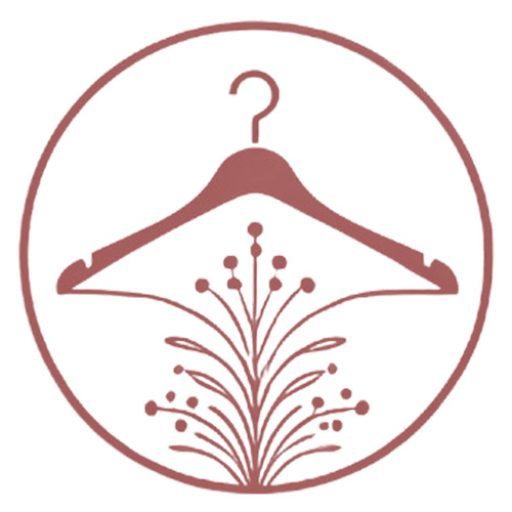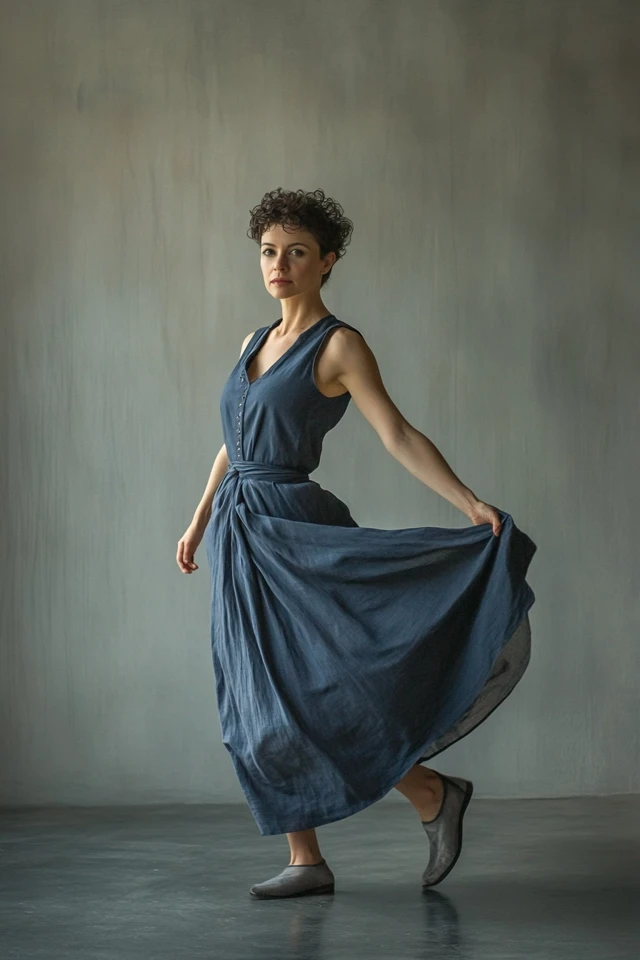Color is more than just a visual element in fashion; it’s a powerful tool that can influence mood, perception, and even behavior. Understanding the psychology behind colors allows you to make intentional choices in your wardrobe, enhancing your personal style and the way you feel throughout the day. This comprehensive guide explores the principles of color psychology, delves into how different hues affect mood and perception, and provides practical tips on incorporating these insights into your daily outfits for a harmonious and impactful appearance.
Introduction
In the world of fashion, color plays a pivotal role in expressing individuality, setting the tone for an outfit, and conveying subtle messages without uttering a word. From the vibrant reds that exude confidence to the calming blues that promote tranquility, each color has its unique psychological impact. By leveraging the principles of color psychology, you can curate a wardrobe that not only reflects your personal style but also aligns with your emotional and psychological needs. Whether you’re dressing for a professional setting, a casual outing, or a special occasion, understanding how hues influence mood and perception can elevate your sartorial choices to new heights.
About the Author and My Trend Boutique
Understanding Color Psychology
What is Color Psychology?
Color psychology is the study of how colors affect human emotions, behaviors, and perceptions. It explores the relationship between color and mood, investigating how different hues can evoke specific feelings and reactions. In fashion, color psychology is utilized to create desired impressions, enhance personal branding, and influence how others perceive you.
The Science Behind Color Perception
Our perception of color is rooted in the way our eyes and brain process light wavelengths. Different colors stimulate various parts of the brain, triggering emotional and physiological responses. Factors such as cultural associations, personal experiences, and individual preferences also play a significant role in how we interpret and react to colors.
The Psychological Effects of Different Colors
1. Red
Description: Red is a bold and intense color often associated with passion, energy, and action.
Psychological Impact:
- Emotions: Excitement, love, urgency.
- Behavior: Stimulates appetite and increases heart rate, making it an attention-grabbing color.
Styling Tips:
- Power Dressing: Incorporate red in blazers or dresses to convey confidence and authority.
- Accent Pieces: Use red accessories like scarves or handbags to add a pop of color to neutral outfits.
2. Blue
Description: Blue is a versatile color that ranges from calming light shades to deep, sophisticated tones.
Psychological Impact:
- Emotions: Calmness, trust, reliability.
- Behavior: Promotes a sense of security and professionalism.
Styling Tips:
- Office Wear: Opt for navy blue suits or dresses for a polished and trustworthy appearance.
- Casual Looks: Light blue denim or chambray shirts offer a relaxed and approachable vibe.
3. Yellow
Description: Yellow is a bright and cheerful color associated with sunshine and happiness.
Psychological Impact:
- Emotions: Optimism, joy, creativity.
- Behavior: Stimulates mental activity and fosters a positive outlook.
Styling Tips:
- Statement Pieces: Wear a yellow dress or top to stand out and radiate positivity.
- Balancing Act: Pair yellow with neutral colors like white or beige to prevent overwhelming the look.
4. Green
Description: Green embodies nature and growth, ranging from soft pastels to rich, deep shades.
Psychological Impact:
- Emotions: Harmony, balance, renewal.
- Behavior: Promotes relaxation and reduces anxiety.
Styling Tips:
- Casual Chic: Olive green pants or skirts paired with neutral tops create a balanced and earthy outfit.
- Elegant Touch: Emerald green dresses exude luxury and sophistication for formal occasions.
5. Purple
Description: Purple is a regal and mysterious color that combines the stability of blue and the energy of red.
Psychological Impact:
- Emotions: Creativity, luxury, spirituality.
- Behavior: Encourages imagination and originality.
Styling Tips:
- Creative Outfits: Incorporate purple through unique accessories or statement pieces to highlight creativity.
- Sophisticated Looks: Deep purple gowns are perfect for evening events, adding an air of elegance and intrigue.
6. Orange
Description: Orange is a vibrant and energetic color that blends the warmth of red with the cheerfulness of yellow.
Psychological Impact:
- Emotions: Enthusiasm, warmth, excitement.
- Behavior: Stimulates social interaction and fosters a lively atmosphere.
Styling Tips:
- Bold Statements: Wear orange jackets or dresses to make a confident and energetic statement.
- Balanced Combos: Pair orange with neutrals like white or gray to soften its intensity while maintaining vibrancy.
7. Pink
Description: Pink ranges from soft pastels to bold magentas, symbolizing romance and tenderness.
Psychological Impact:
- Emotions: Love, compassion, nurturing.
- Behavior: Creates a calming and comforting effect.
Styling Tips:
- Romantic Looks: Soft pink blouses or dresses are perfect for creating a gentle and feminine appearance.
- Modern Edge: Hot pink accessories or shoes can add a playful and contemporary twist to neutral outfits.
8. Black
Description: Black is a classic and sophisticated color that signifies elegance and power.
Psychological Impact:
- Emotions: Authority, mystery, sophistication.
- Behavior: Enhances formality and conveys strength and control.
Styling Tips:
- Timeless Elegance: A black blazer or little black dress is essential for formal and professional settings.
- Versatile Base: Use black as a foundation to highlight brighter colors or metallic accents in your accessories.
9. White
Description: White symbolizes purity, simplicity, and cleanliness.
Psychological Impact:
- Emotions: Freshness, clarity, peace.
- Behavior: Creates an open and airy feel, promoting a sense of calmness.
Styling Tips:
- Minimalist Aesthetic: White tops or dresses offer a clean and sophisticated look.
- Bright Accents: Pair white garments with colorful accessories to add vibrancy and interest.
10. Gray
Description: Gray is a neutral and balanced color that embodies practicality and composure.
Psychological Impact:
- Emotions: Neutrality, stability, sophistication.
- Behavior: Promotes calmness and balance, making it ideal for professional environments.
Styling Tips:
- Professional Wear: Gray suits or trousers are perfect for business settings, conveying professionalism and reliability.
- Casual Layers: Incorporate gray sweaters or jackets into casual outfits for a versatile and understated look.
11. Brown
Description: Brown is a warm and earthy color that represents stability and comfort.
Psychological Impact:
- Emotions: Warmth, reliability, comfort.
- Behavior: Creates a grounded and approachable impression.
Styling Tips:
- Earthy Elegance: Brown leather jackets or trousers add a touch of sophistication and durability to your wardrobe.
- Cozy Comfort: Incorporate brown knitwear or accessories for a warm and inviting look.
12. Other Colors
While the above colors are the most prominent in color psychology, other hues like teal, maroon, and navy also carry their unique psychological impacts and can be effectively used in fashion to convey specific moods and styles.
How to Incorporate Color Psychology into Your Wardrobe
1. Choosing Colors Based on Your Mood or the Occasion
- Professional Settings: Opt for colors like blue, gray, and black to convey trustworthiness and authority.
- Social Events: Use vibrant colors like red, orange, and purple to express confidence and enthusiasm.
- Relaxed Outings: Choose calming hues like green, blue, and pastel pink to promote a sense of ease and comfort.
2. Balancing Colors in Outfits
Achieve harmony by balancing bold and neutral colors within your ensemble. For instance, pair a statement red dress with neutral accessories to prevent the outfit from becoming overwhelming.
3. Using Color Accents and Accessories
Incorporate complementary colors through accessories such as scarves, belts, jewelry, and shoes. This allows you to add pops of color without committing to it fully in your main garments.
4. Understanding Personal Color Preferences
Identify which colors resonate most with you and enhance your natural features. Personal preferences play a significant role in how comfortable and confident you feel in your outfits.
Practical Styling Tips
1. Monochromatic Looks
Create a sophisticated and cohesive outfit by wearing different shades and tints of the same color. This approach can elongate your silhouette and add depth to your look.
- Example: Pair a light blue blouse with navy trousers and cobalt accessories for a dynamic monochromatic ensemble.
2. Color Blocking
Embrace bold color combinations by pairing complementary colors in large blocks. This technique creates a modern and eye-catching look.
- Example: Combine a bright orange top with a royal blue skirt for a striking color-blocked outfit.
3. Matching Colors with Skin Tone
Choose colors that complement your skin tone to enhance your natural beauty. Warm skin tones often look best in earthy colors like browns and oranges, while cool skin tones are flattered by blues and purples.
- Example: A mustard yellow dress can beautifully highlight warm undertones, while a sapphire blue suit complements cool undertones.
4. Seasonal Considerations
Adapt your color choices to reflect the season. Warm and rich hues like rust and forest green are perfect for autumn, while lighter and brighter colors like pastels are ideal for spring and summer.
- Example: Wear a deep burgundy sweater with olive green pants during fall, and switch to a pastel pink blouse with white jeans in the spring.
5. Layering Colors
Layer different colored garments to create depth and interest in your outfit. This technique allows for creative expression and adaptability to varying temperatures.
- Example: Layer a red cardigan over a white blouse and pair it with black jeans for a balanced and stylish look.
Example Outfit Ideas
1. Professional Confidence
Outfit Components:
- Navy blue tailored blazer
- White silk blouse
- Gray pencil skirt
- Silver statement necklace
- Black pumps
Styling Tips:
- Use navy as the dominant color to convey professionalism.
- Add a silver necklace for a touch of elegance without overpowering the outfit.
- Complete the look with black pumps to maintain a polished appearance.
2. Casual Vibrancy
Outfit Components:
- Bright red t-shirt
- Light blue denim jeans
- White sneakers
- Gold hoop earrings
- Silver watch
Styling Tips:
- Let the red t-shirt be the focal point of the outfit.
- Balance with light blue jeans and white sneakers for a relaxed and approachable look.
- Incorporate gold and silver accessories to add layers of color and interest.
3. Evening Elegance
Outfit Components:
- Emerald green cocktail dress
- Black lace shawl
- Gold clutch
- Silver stiletto heels
- Gold chandelier earrings
Styling Tips:
- Choose emerald green for its luxurious and sophisticated appeal.
- Add a black lace shawl for elegance and warmth.
- Use gold accessories to complement the green dress and add a touch of glamour.
4. Weekend Relaxation
Outfit Components:
- Soft pink oversized sweater
- White skinny jeans
- Beige ankle boots
- Silver pendant necklace
- Gray beanie
Styling Tips:
- Pair a soft pink sweater with white jeans for a fresh and cozy weekend look.
- Add beige ankle boots to introduce a neutral balance.
- Use a silver necklace and gray beanie to enhance the outfit with subtle metallic and neutral accents.
5. Summer Brights
Outfit Components:
- Yellow sundress
- Coral sandals
- White straw hat
- Turquoise crossbody bag
- Gold bangles
Styling Tips:
- Embrace the vibrant yellow dress as the centerpiece of your summer outfit.
- Add coral sandals and a turquoise bag to incorporate complementary and analogous colors.
- Accessorize with gold bangles to introduce warmth and shine.
Practical Advice for Incorporating Color Psychology
1. Start with Neutral Bases
Begin by building outfits around neutral colors like black, white, gray, or beige. These colors provide a versatile foundation that allows you to experiment with bolder hues without overwhelming your look.
- Example: A white blouse with black trousers serves as a perfect canvas for adding a red scarf or blue statement necklace.
2. Use Accessories to Introduce Color
Introduce complementary colors through accessories to add interest and personality to your outfits without committing to bold main garments.
- Example: A gray suit can be enlivened with a bright orange handbag or vibrant earrings.
3. Understand Color Proportions
Balance bold and neutral colors by adhering to the 60-30-10 rule: 60% dominant color, 30% secondary color, and 10% accent color. This method ensures a harmonious and well-proportioned outfit.
- Example: A navy dress (60%) paired with a white belt (30%) and a red clutch (10%).
4. Consider the Occasion
Tailor your color choices to suit the occasion. Formal events may call for more subdued and elegant hues, while casual outings allow for more playful and vibrant colors.
- Example: Opt for a wine-colored gown for an evening gala and a bright yellow dress for a daytime brunch.
5. Experiment with Different Combinations
Don’t be afraid to try unconventional color pairings. Experimenting with different combinations can lead to unique and personalized looks that reflect your individuality.
- Example: Pairing a deep purple top with mustard yellow pants creates a bold and unexpected ensemble.
FAQs
1. How can I determine which complementary colors suit me best?
- Answer: Assess your skin undertones to choose colors that enhance your natural complexion. Warm undertones typically look best with warm complementary colors like orange and yellow, while cool undertones are complemented by cooler colors like blue and purple. Experiment with different shades to see which combinations make you feel confident and radiant.
2. Can I wear multiple complementary colors in one outfit?
- Answer: Yes, you can incorporate multiple complementary colors by ensuring one remains dominant while the others serve as accents. For example, wear a blue dress with orange accessories and subtle hints of yellow in your jewelry or shoes to create a cohesive and balanced look.
3. Are there any colors I should avoid pairing together?
- Answer: While fashion encourages experimentation, some color pairings may clash or create unintentional visual dissonance. Avoid pairing overly saturated colors that do not complement each other well. It’s essential to balance bold colors with neutrals or use patterns to harmonize the hues.
4. How do I use color psychology to influence my mood through clothing?
- Answer: Choose colors that align with the emotions you wish to evoke. For instance, wear blue to feel calm and collected, red to boost confidence and energy, or green to promote relaxation and balance. Incorporating these colors into your outfits can subtly influence your mood throughout the day.
5. Can color psychology be applied to all types of clothing?
- Answer: Absolutely. Color psychology can be applied to any garment, whether it’s tops, bottoms, dresses, outerwear, or accessories. By thoughtfully selecting colors based on their psychological impact, you can create outfits that not only look good but also make you feel great.
Picture Gallery
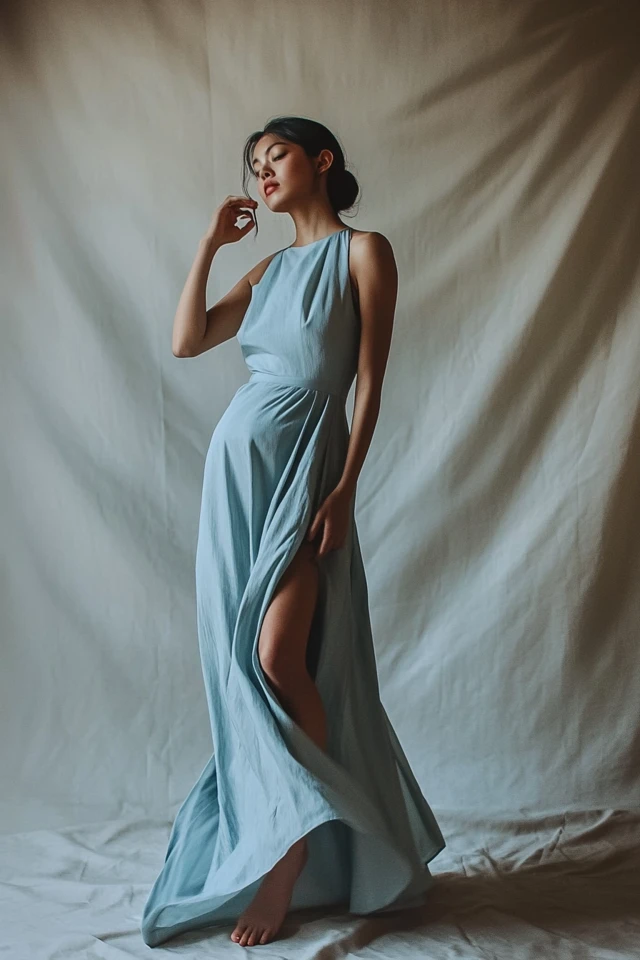
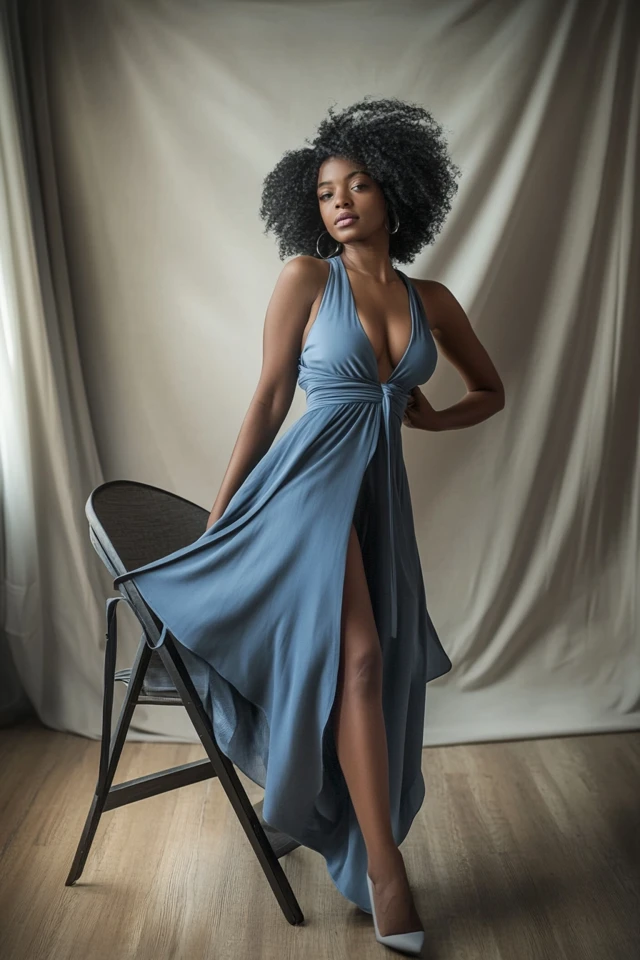
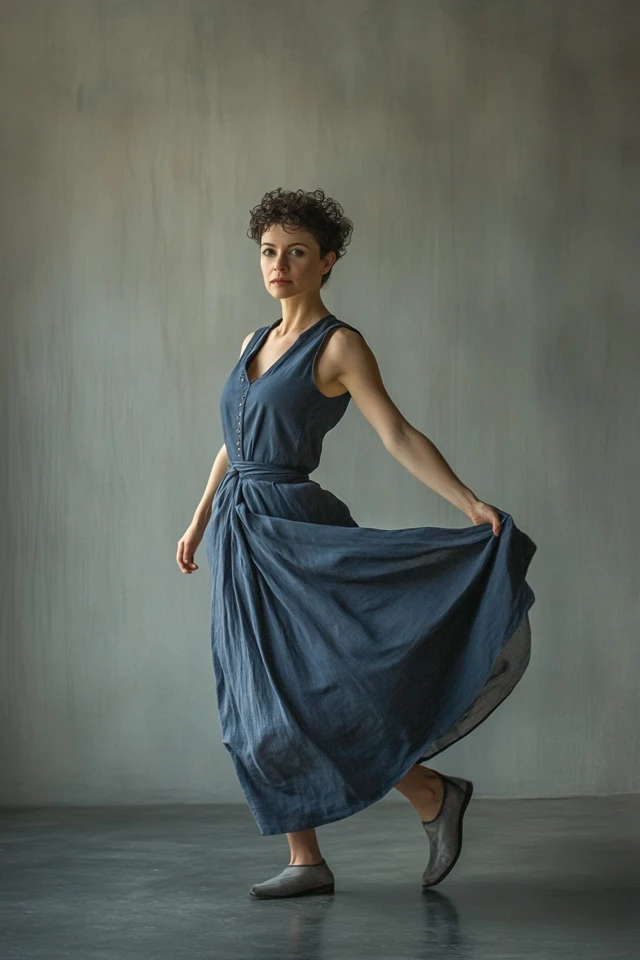
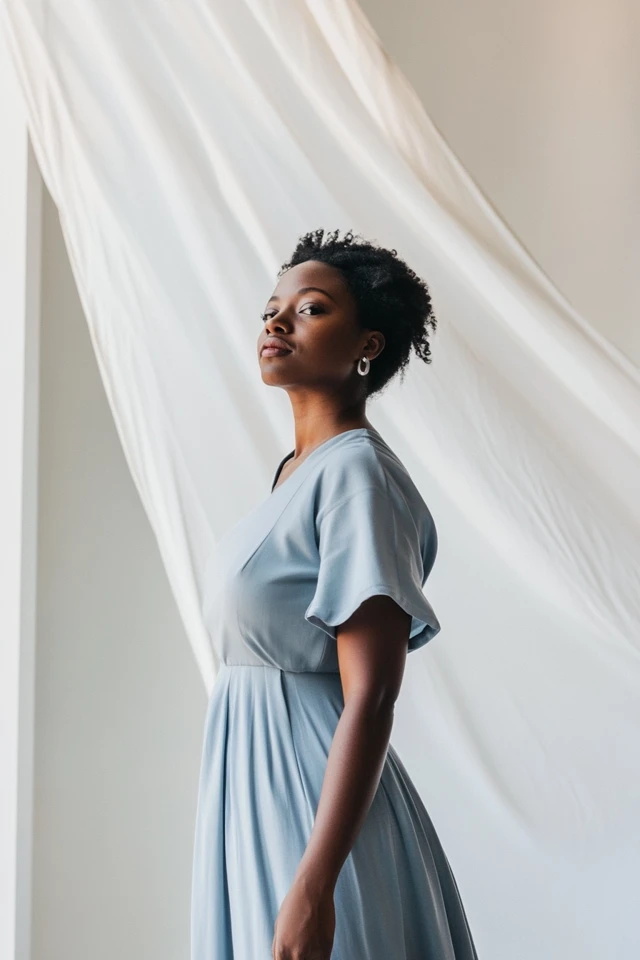
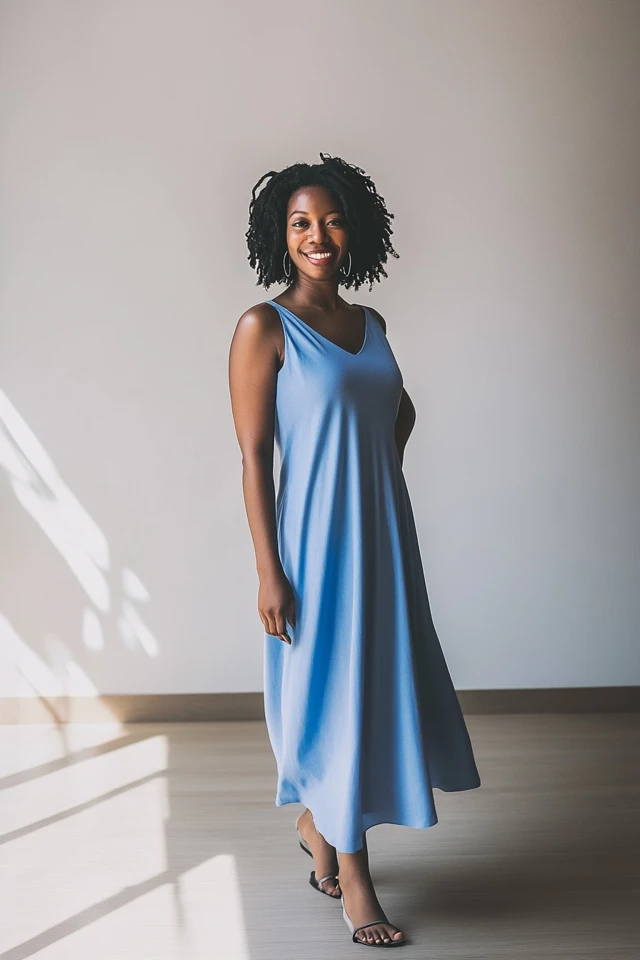
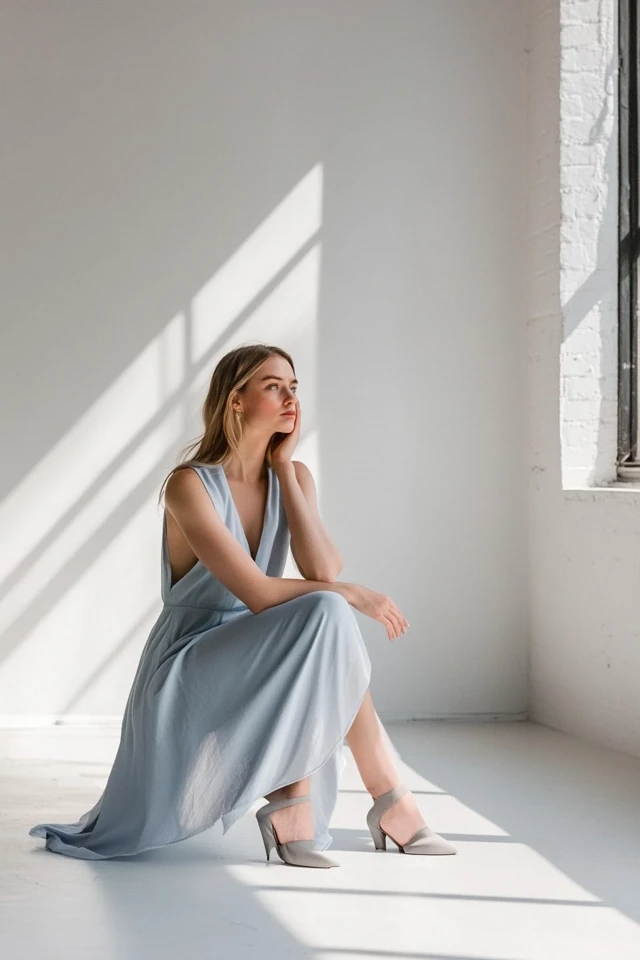
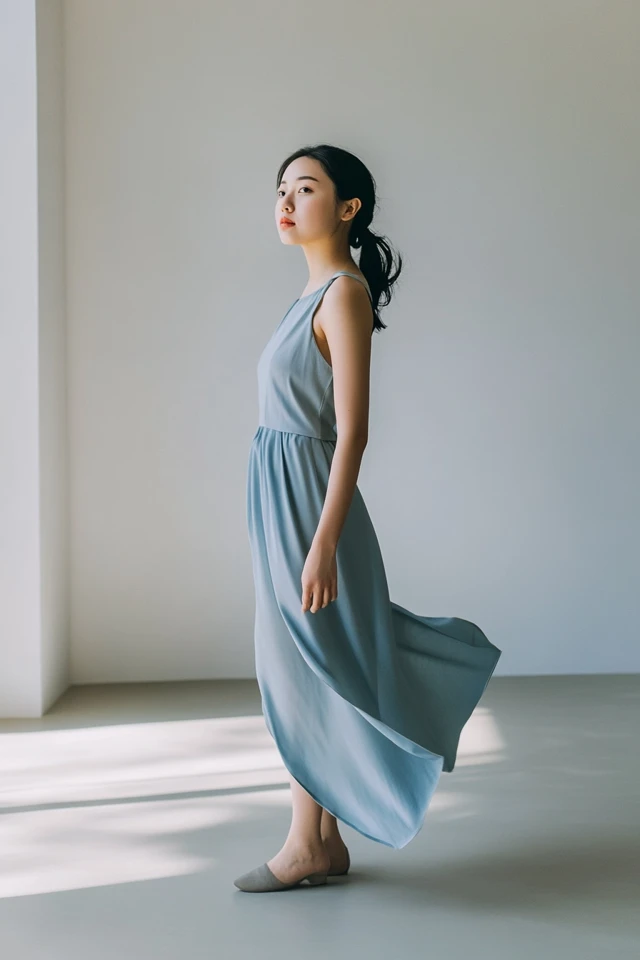
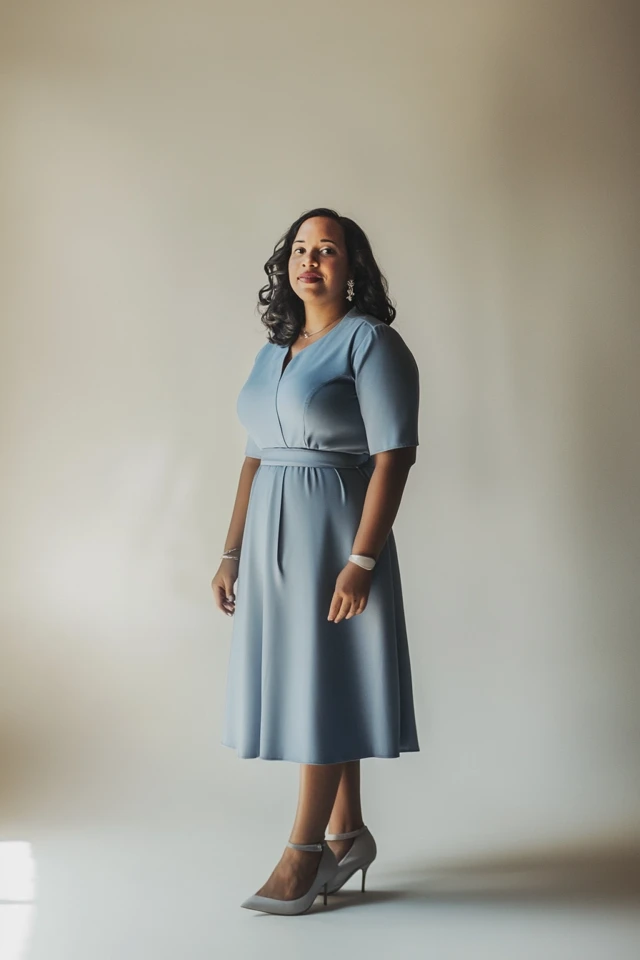
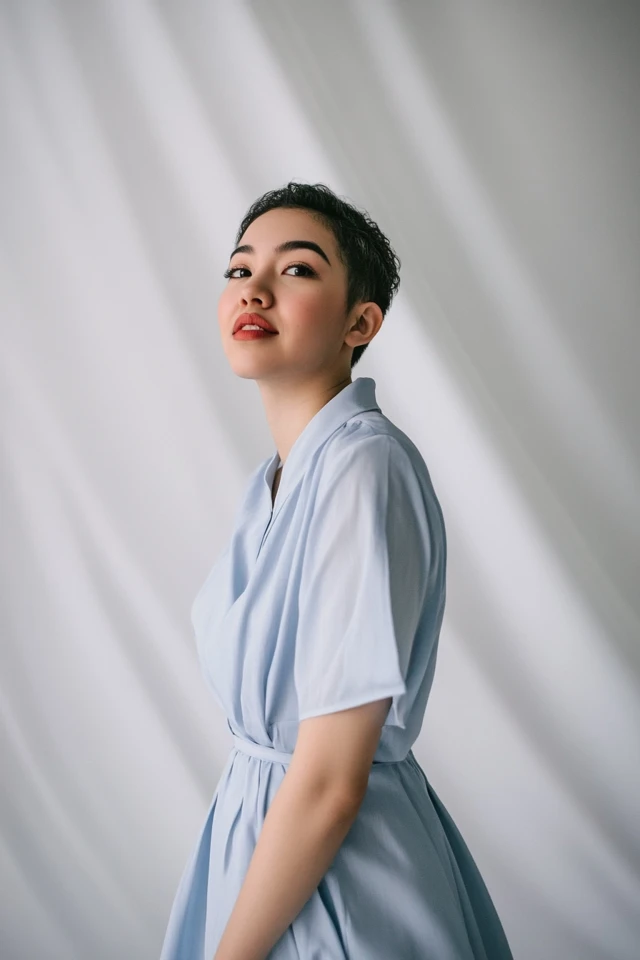
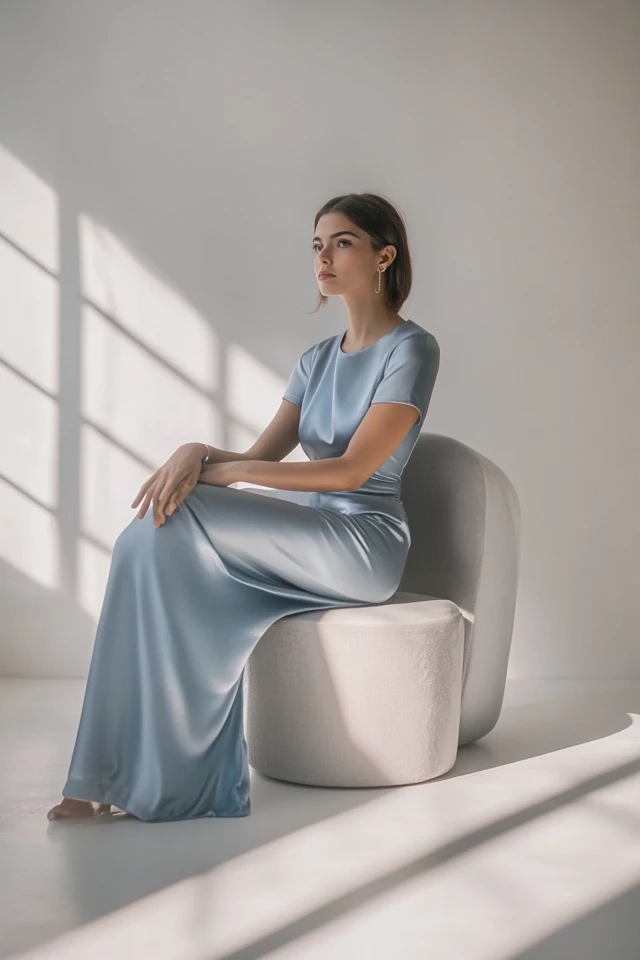
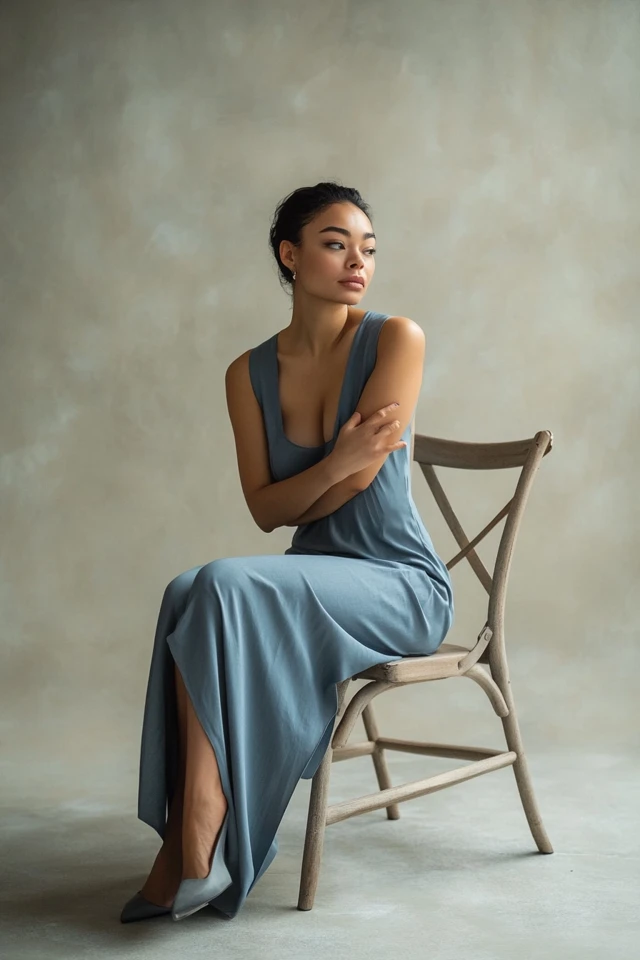
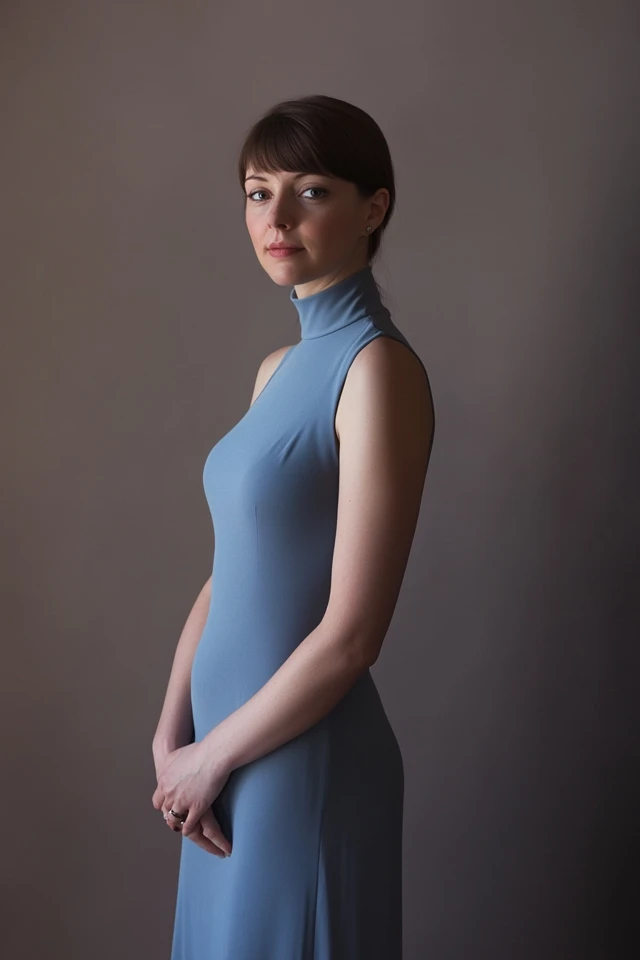
(As a text-based AI, I cannot provide images, but here are descriptions of potential visuals to include in the guide.)
- Color Wheel Illustration: A visual representation of the color wheel highlighting complementary color pairs.
- Outfit Collages: Examples of outfits incorporating complementary colors, showcasing different styles and occasions.
- Accessory Focus: Close-up images of accessories in gold, silver, red, blue, and other complementary colors.
- Before and After: Demonstrating the impact of adding complementary color accents to a neutral outfit.
Conclusion
Dressing with an understanding of color psychology empowers you to make intentional and impactful fashion choices. By recognizing how hues influence mood and perception, you can curate a wardrobe that not only reflects your personal style but also enhances your emotional well-being. Whether you’re aiming to exude confidence with bold reds, foster tranquility with serene blues, or create a balanced and harmonious look with complementary color pairings, the strategic use of color can transform your everyday outfits into powerful expressions of self.
Embrace the principles of color psychology by experimenting with different hues, balancing bold and neutral tones, and incorporating complementary colors thoughtfully into your ensembles. This approach will not only elevate your fashion game but also ensure that your outfits resonate with the emotions and impressions you wish to convey. Remember, the right color can make you feel empowered, relaxed, joyful, or sophisticated—choose colors that align with your intentions and let your wardrobe become a vibrant extension of your personality.
Happy styling, and may your colorful choices bring harmony, confidence, and endless inspiration to your fashion journey!
